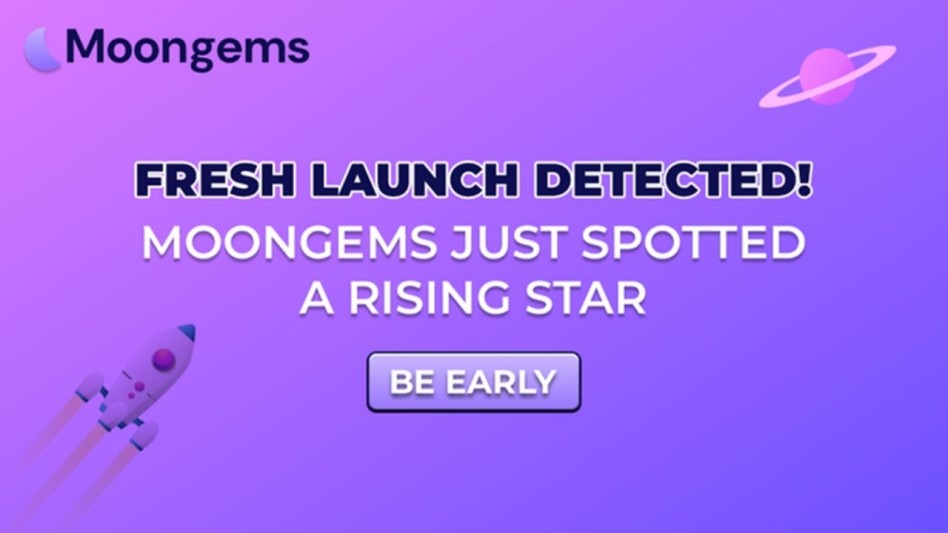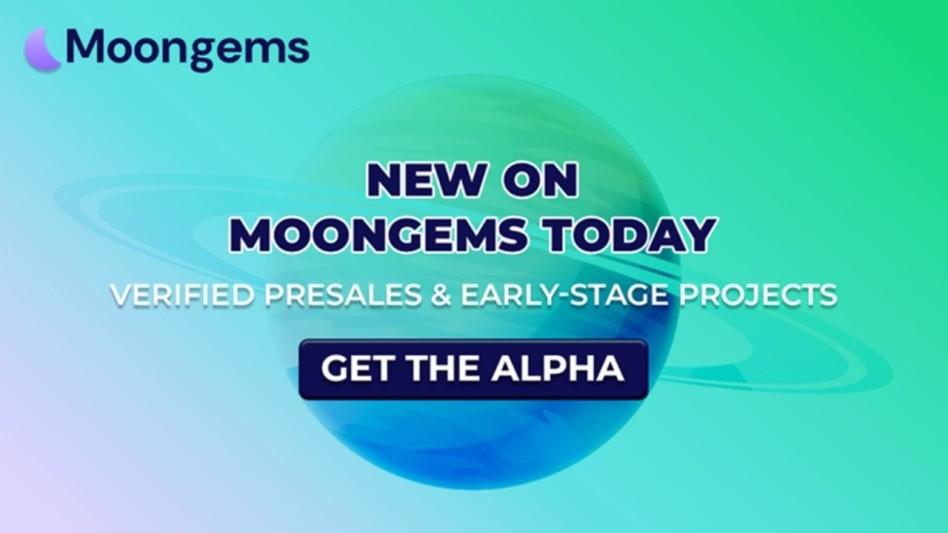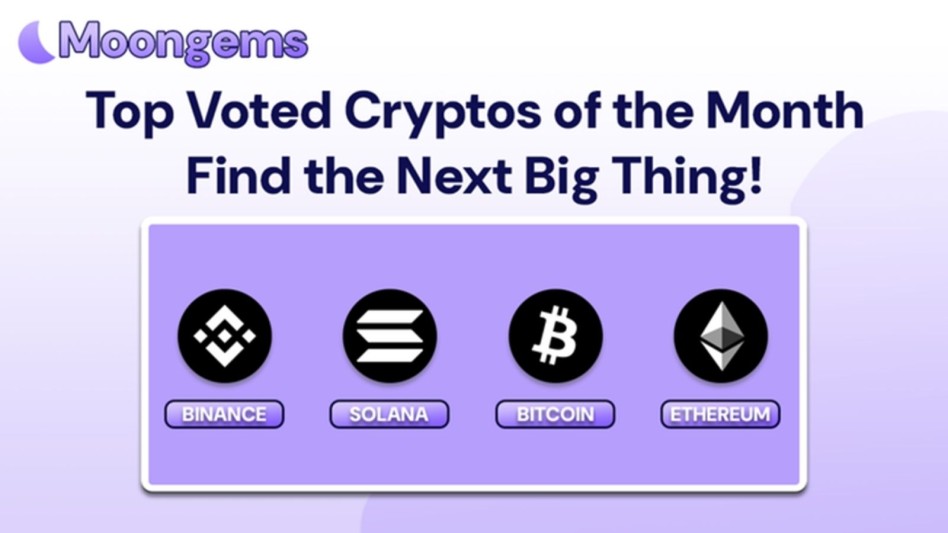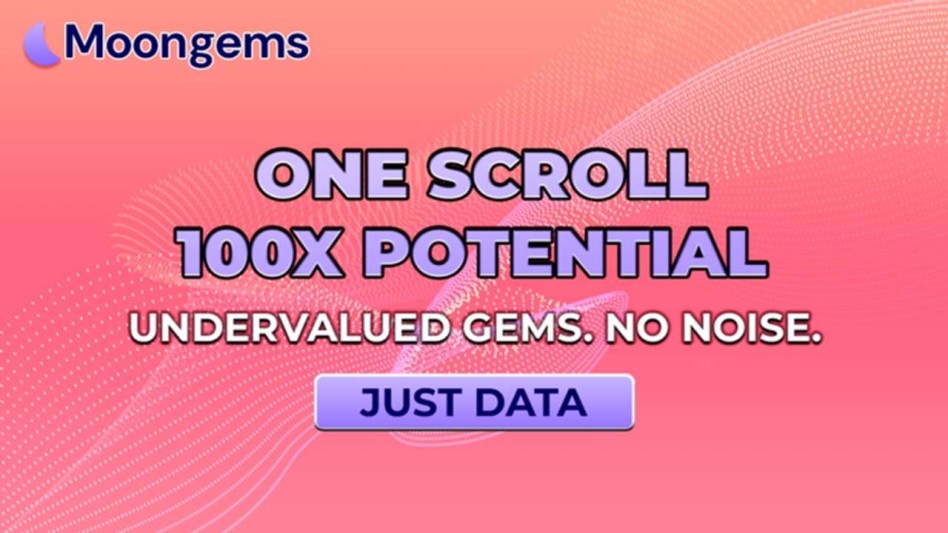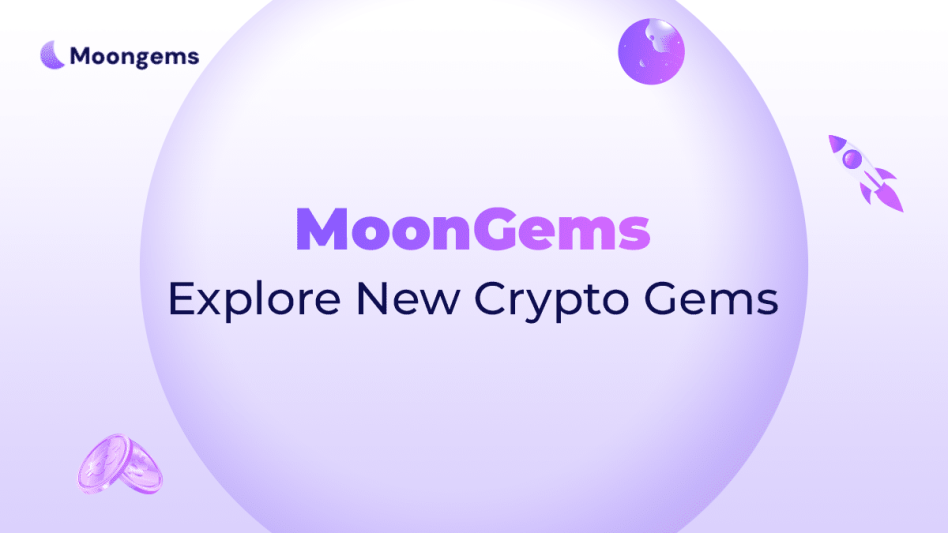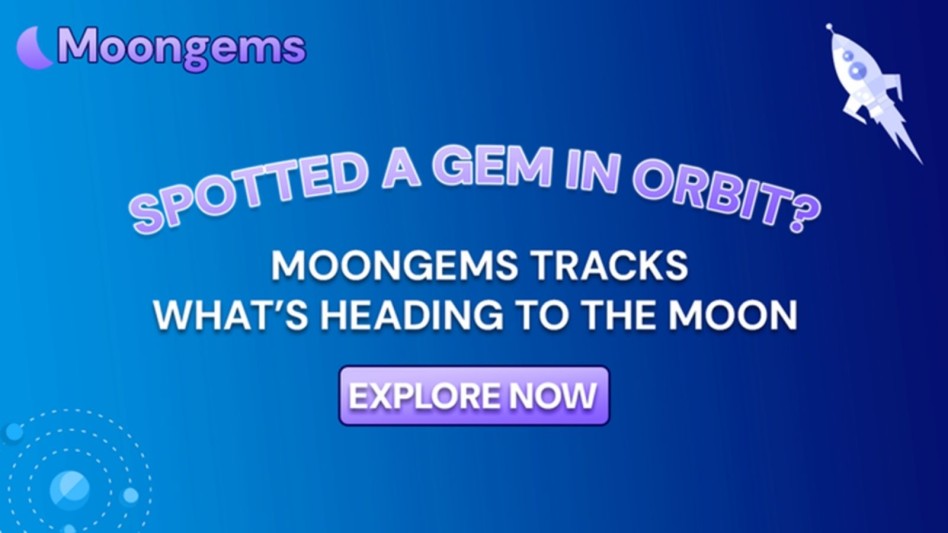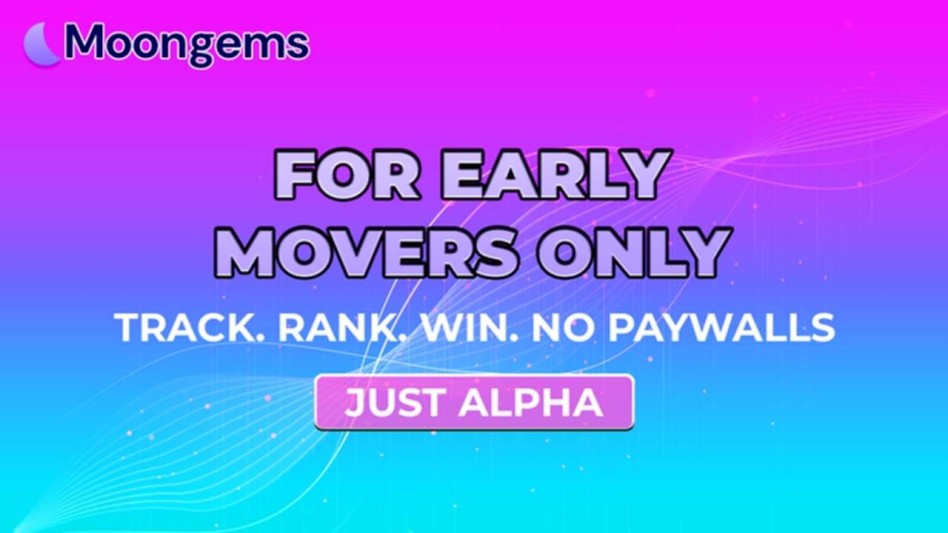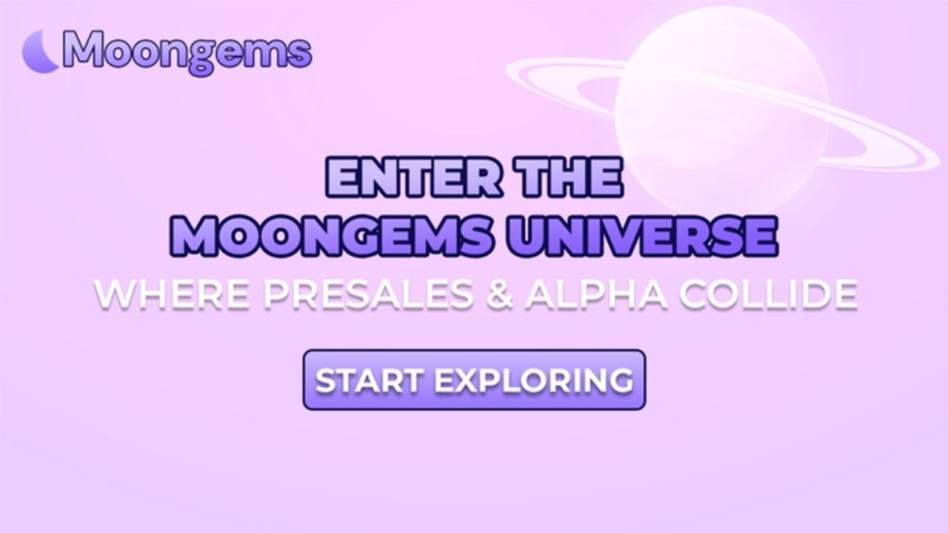Author: Jawad Hussain – Crypto Analyst & Web3 Researcher | 9+ years tracking presales, IDOs, and token launches. Follow him on X (formerly known as Twitter) and LinkedIn.
In crypto, tokenomics is destiny. A presale might have great marketing and a strong narrative, but if its token structure is flawed, like heavy insider allocations, short vesting schedules, or unsustainable rewards, investors pay the price post-launch.
In 2025, tokenomics has become increasingly complex, featuring mechanisms such as deflationary burns, dynamic staking, and liquidity incentive pools. Platforms like MoonGems simplify analysis by aggregating tokenomics data, showing supply distribution, vesting schedules, burn models, and liquidity commitments, so investors can model outcomes before investing.
This guide breaks down how to read, model, and evaluate presale token structures to reduce risk and find long-term winners.
1. Supply & Allocation: Who Controls the Tokens and Why It Matters
The first step in tokenomics analysis is understanding total supply and allocation. The division of tokens between the team, investors, ecosystem, and treasury determines long-term price stability.
Why it matters:
- Team-heavy allocations (30% or more) without lockups often lead to post-launch dumps.
- Ecosystem allocations (for staking, liquidity, rewards) support long-term adoption.
- Presale vs. public sale ratios indicate whether retail investors have meaningful access or insiders dominate.
How to check using MoonGems:
MoonGems tokenomics breakdowns show exact percentages for each allocation category. This makes it easier to spot red flags, like excessive private investor shares or a lack of liquidity pool funding.
Pro modeling tip: A balanced model often looks like:
- 10–15% team (vested)
- 20–30% presale/public
- 30–40% ecosystem incentives
- 10–15% treasury and partnerships
Anything outside these ranges needs deeper due diligence.
2. Vesting Schedules: Timing Matters More Than Supply
Even fair allocations can fail if vesting is too short. Vesting schedules define when tokens unlock for teams, advisors, and private investors.
Why it matters:
- Immediate unlocks create dumping pressure right after TGE (Token Generation Event).
- Long cliffs and gradual vesting align team incentives with project success.
How to check using MoonGems:
MoonGems displays vesting schedules when projects share them, highlighting cliffs (where no tokens are unlocked) and vesting periods (gradual releases).
Pro modeling tip: Use a simple spreadsheet to map circulating supply over time:
- Month 1–3: Should primarily be presale/public allocations for liquidity.
- Month 6–12: Gradual team unlocks to incentivize delivery.
- Within 12 months: Major allocations (ecosystem, partnerships) begin to flow.
If major insider unlocks occur within 1–2 months, the risk of price instability is high. A safe presale structure staggers unlocks to prevent early crashes.
3. Burn Mechanics and Deflationary Models
Many 2025 tokens now feature burn mechanisms, designed to reduce supply over time and create upward price pressure. But not all burn models are equal.
Why it matters:
- Transaction-based burns (like Shiba Inu or SafeMoon models) can slow down velocity but often require sustained volume.
- Scheduled burns (e.g., quarterly buyback and burn) work well for projects with real revenue.
- Event-driven burns (triggered by staking or in-game spending) align usage with the deflationary mechanism.
How to check using MoonGems:
MoonGems tags projects with “burn-enabled” tokenomics and often links to burn schedules or smart contract verifications.
Pro modeling tip: Model burn impact over 12–24 months:
- Estimate volume-driven burns based on historical peers.
- Check if burns reduce the total supply by a meaningful amount (≥1–2% annually).
- Verify burns are transparent and on-chain, not just promised.
A burn mechanism can appear impressive on paper but be ineffective in practice if it’s too slow or disconnected from real-world utility.
4. Incentive Models: Staking, Rewards, and Ecosystem Growth
Tokenomics isn’t just about controlling supply, it’s about driving demand. Incentive models like staking rewards, liquidity mining, and governance rights determine how sticky a token’s economy becomes.
Why it matters:
- Staking rewards encourage holding, but unsustainable APYs (100%+) can cause inflation.
- Liquidity incentives (LP rewards, yield farming) can bootstrap adoption but often lead to mercenary capital.
- Governance models give tokens utility beyond speculation, encouraging long-term participation.
How to check using MoonGems:
MoonGems highlights staking-enabled projects, governance-enabled models, and estimated APY ranges for presales that disclose incentive details.
Pro modeling tip: Map out token sink vs. faucet mechanics:
- Sinks: Staking lockups, NFT mints, transaction fees.
- Faucets: Rewards, airdrops, liquidity incentives.
A healthy economy has strong sinks to offset faucets, creating net deflationary or balanced dynamics instead of runaway inflation.
5. Circulating Supply Projections: Modeling Future Price Impact
The circulating supply after the TGE is often overlooked but has a significant impact on price. Even with perfect allocation, if too many tokens hit the market too soon, price dips are inevitable.
Why it matters:
- Low initial circulation can cause listing spikes but also high volatility.
- Gradual supply increases often lead to healthier, more sustainable growth.
How to check using MoonGems:
MoonGems provides projected circulating supply percentages at TGE, letting investors model expected liquidity and potential volatility.
Pro modeling tip: Combine vesting, burns, and incentive models to create a 12–24-month supply curve. Compare projected supply with expected demand drivers (user growth, staking adoption). Tokens with stable or declining effective supply often outperform in the long run.
6. Using MoonGems to Build Tokenomics Models
Instead of manually piecing data together, MoonGems aggregates:
- Allocation breakdowns (team, investors, ecosystem)
- Vesting schedules & cliffs
- Burn mechanism flags
- Incentive model details
- Circulating supply projections
How to model quickly:
- Export allocation and vesting data from MoonGems.
- Build a supply release curve in Excel or Google Sheets.
- Add estimated burn and staking lockups.
- Project circulating supply vs. likely demand growth.
This allows you to simulate price pressure and determine if a project’s tokenomics align with your investment thesis, before committing capital.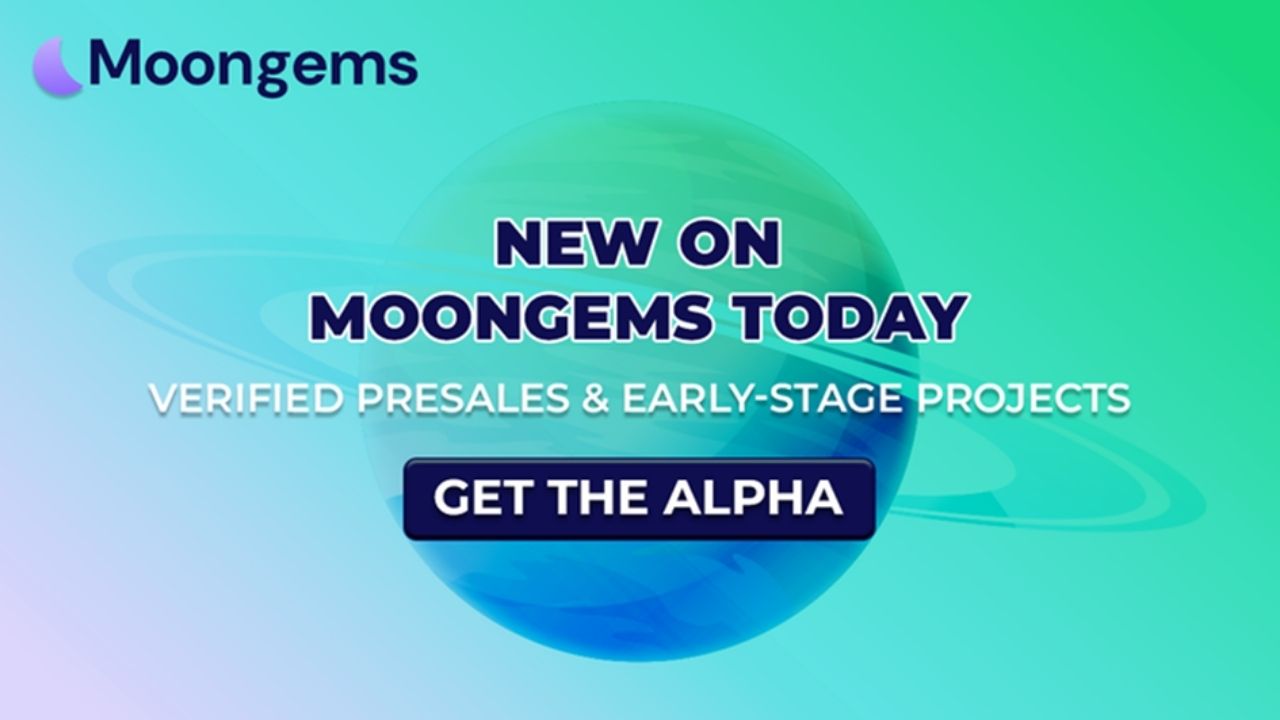
Conclusion: Tokenomics Is Your Risk Shield
Tokenomics determines how tokens behave after launch, whether they experience a pump, stabilize, or collapse. By understanding allocation, vesting, burns, incentives, and circulating supply, you gain a data-driven edge.
MoonGems makes tokenomics modeling simpler by consolidating critical presale data in one place. Use it to separate hype tokens from structurally strong projects and avoid preventable losses.
In 2025, tokenomics literacy isn’t optional; it’s your primary defense against poor presale bets.
Want to Model Tokenomics Without Guesswork? Explore MoonGems.io, the presale discovery platform that features tokenomics data, burn flags, vesting schedules, and allocation models built in. Analyze smarter, invest safer.
Frequently Asked Questions (FAQs)
- Why is tokenomics so important for presales?
Because tokenomics determines price pressure after launch. Poor structures often lead to early dumps and failed ecosystems. - What is a vesting schedule, and why does it matter?
A vesting schedule controls when tokens unlock for insiders. Long, gradual vesting aligns teams with long-term growth and prevents mass selling. - Are burn mechanisms always bullish?
Not necessarily. Burns only add value if they remove significant supply and are linked to actual token usage or revenue. - How do staking rewards impact tokenomics?
High rewards can cause inflation if not balanced by token sinks. Sustainable APYs and lockups create healthier ecosystems. - How does MoonGems help?
MoonGems aggregates tokenomics data, including allocations, vesting, burns, and circulating supply, making it easier to model and evaluate presales.
Glossary of Key Terms
Allocation: Distribution of tokens among team, investors, ecosystem, and community.
Vesting Schedule: Timeline for unlocking tokens after launch.
Burn Mechanism: Process of permanently removing tokens from circulation.
Staking Rewards: Incentives paid to users for locking tokens.
Circulating Supply: Tokens available in the market at a given time.
Article Summary
Tokenomics shapes a token’s post-launch life cycle. This MoonGems guide explains how to evaluate presale tokenomics, including supply allocation, vesting schedules, burn models, incentive structures, and circulating supply. Using MoonGems data, investors can model future price impact, avoid flawed token structures, and identify projects built for long-term success. In 2025, tokenomics isn’t just detail, it’s your first line of defense.
Disclaimer
This article is for informational purposes only and not financial advice. Cryptocurrency presales carry high risk. Always conduct your own research and consult a financial professional before making any investment decisions.



